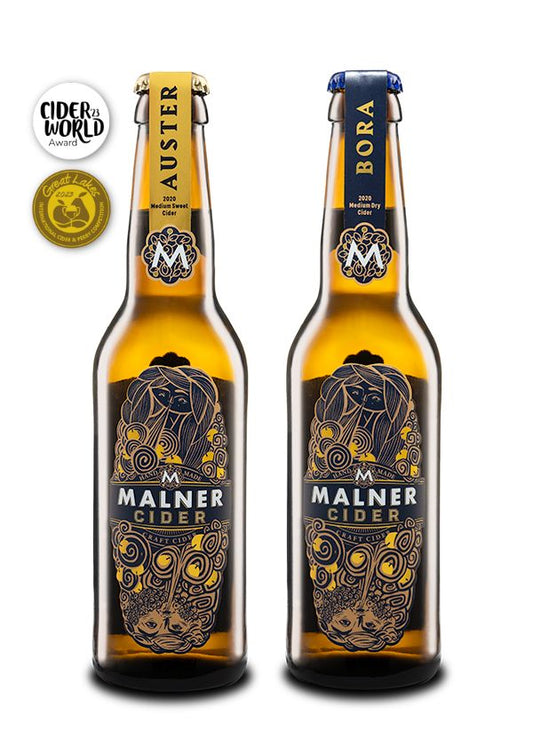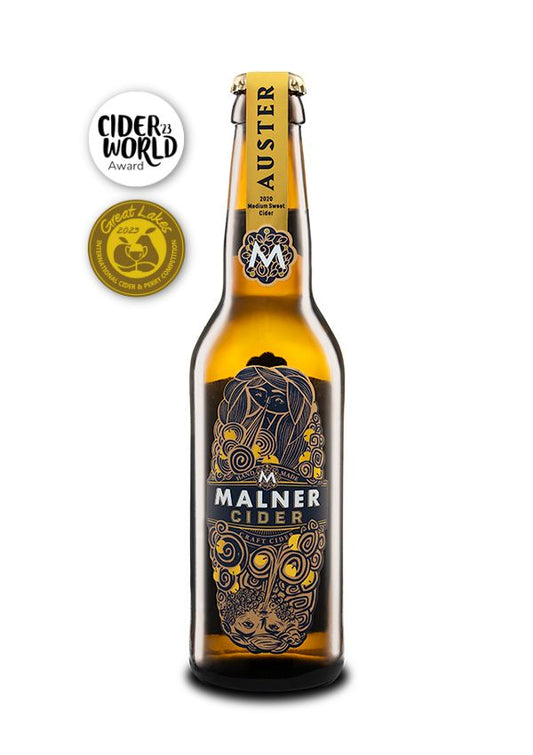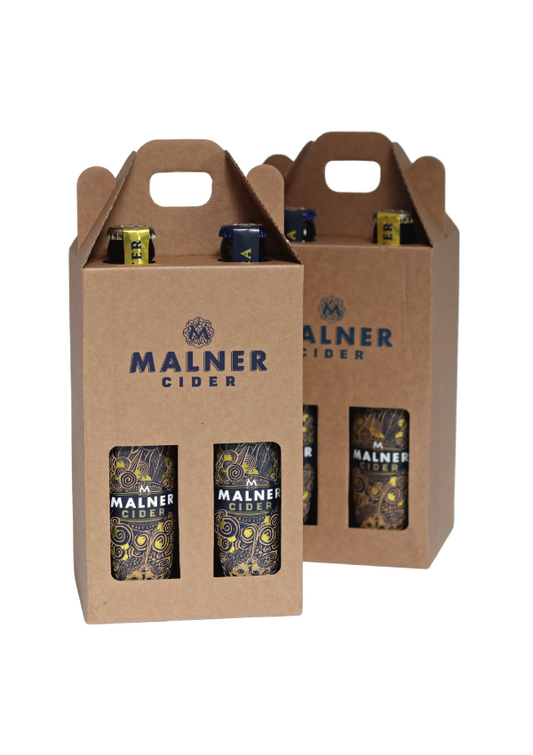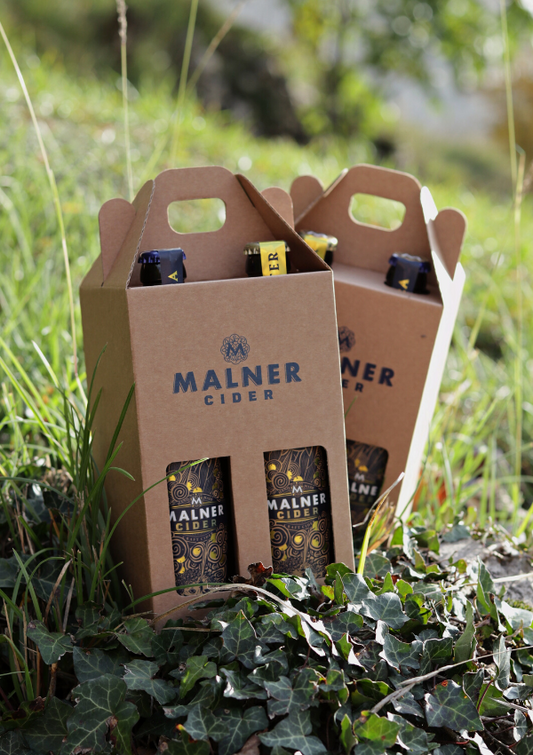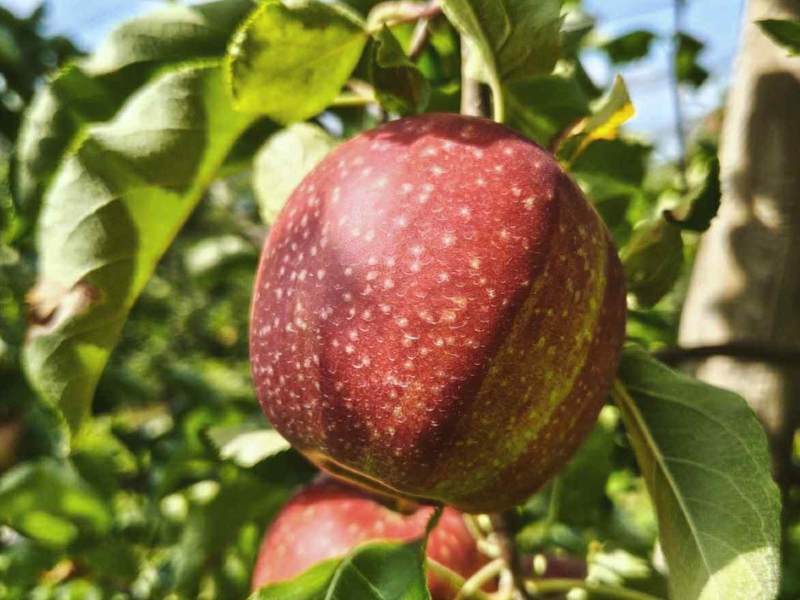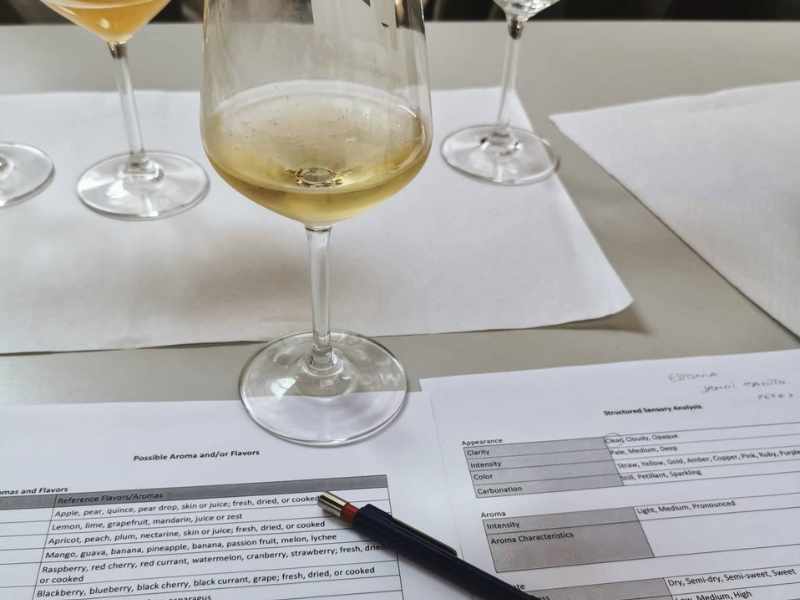Cider making is much more than pressing apple juice – it requires an understanding of fruit, nature, and time. That’s why cider isn’t born in the cellar, but in the orchard.
The quality of the raw material is crucial: without the right apples, there is no real flavor. While in Slovenia we mostly know table apples suited for fresh eating, cider calls for varieties with character – with more tannins, acidity, or sugar, bringing depth, complexity, and balance to the drink.
What makes an apple suitable for cider is the interplay of several key elements.
Sugar transforms into alcohol during fermentation, giving the cider strength and stability.
Acidity provides freshness and longevity, especially important during maturation.
Tannins add structure, a pleasant astringency, and length of flavor.
Aromas bring fruity, floral, or even spicy notes, shaping the cider’s unique character.
The English classification of cider apples
To better understand apples for cider, a traditional English system groups them into four categories:
Sweet – low in acid and tannins, contributing mostly alcohol and softness.
Sharp – high in acids, almost no tannins, adding freshness and liveliness.
Bittersweet – low acidity but rich in tannins, providing structure and depth.
Bittersharp – rare and prized, combining high acid and tannins, resulting in exceptionally complex ciders.
The power of blending
The best ciders come from blending different varieties. Rarely does one apple provide the perfect balance of sugar, acidity, tannins, and aroma. That’s why cider makers carefully combine them – before or after fermentation – much like winemakers craft their cuvées. Blending creates layers, balance, and individuality.
Bitter apples are especially important, as their tannins bring body and persistence. Without them, cider often feels flat and without structure. In England, varieties such as Dabinett, Yarlington Mill, or Kingston Black are essential. In Slovenia, apples like Mošancelj, Bobovec, or Voščenka are more common, though they mostly contribute acidity rather than tannins.
Malner’s orchard story
At Malner, we took an important step in 2018, when we connected with renowned English nurseryman John Worle, who created a list of cider-suitable varieties for our climate. In 2020, we planted a new orchard with 13 English cider varieties, which we are now exploring in our ciders.
Apple season is here
As apple season approaches, we begin planning our next fermentations. In our ciders, you’ll find a mix of table apples, English specialty varieties, and old Slovenian heritage apples. We believe that outstanding cider is born from the harmony of nature, tradition, knowledge, and terroir – a true tribute to the orchard, the harvest, and the apple itself.
And that’s what sets authentic cider apart from just another apple drink.
What about you? Will you make your first cider this year? Find some local apples, try out a tannic variety – and begin your own fermentation story.


